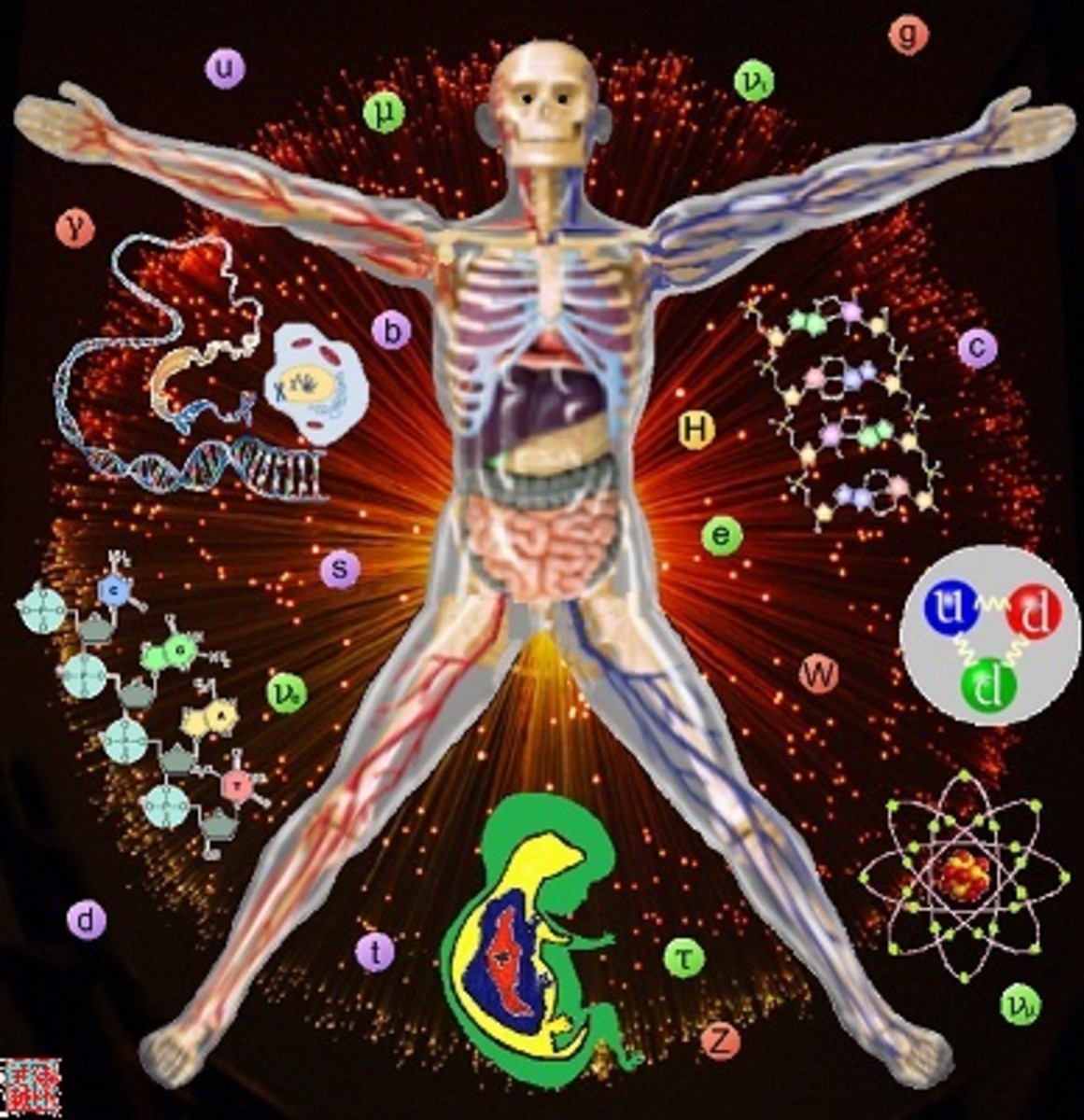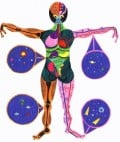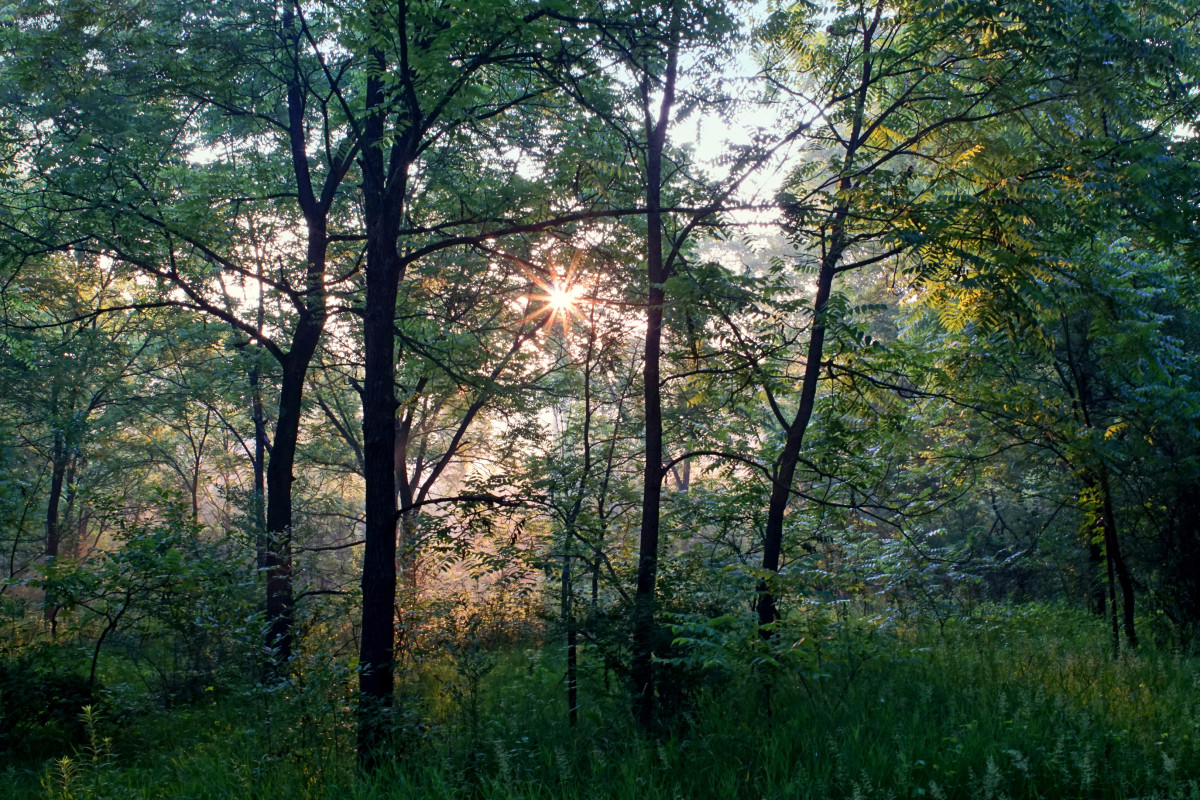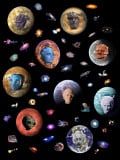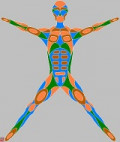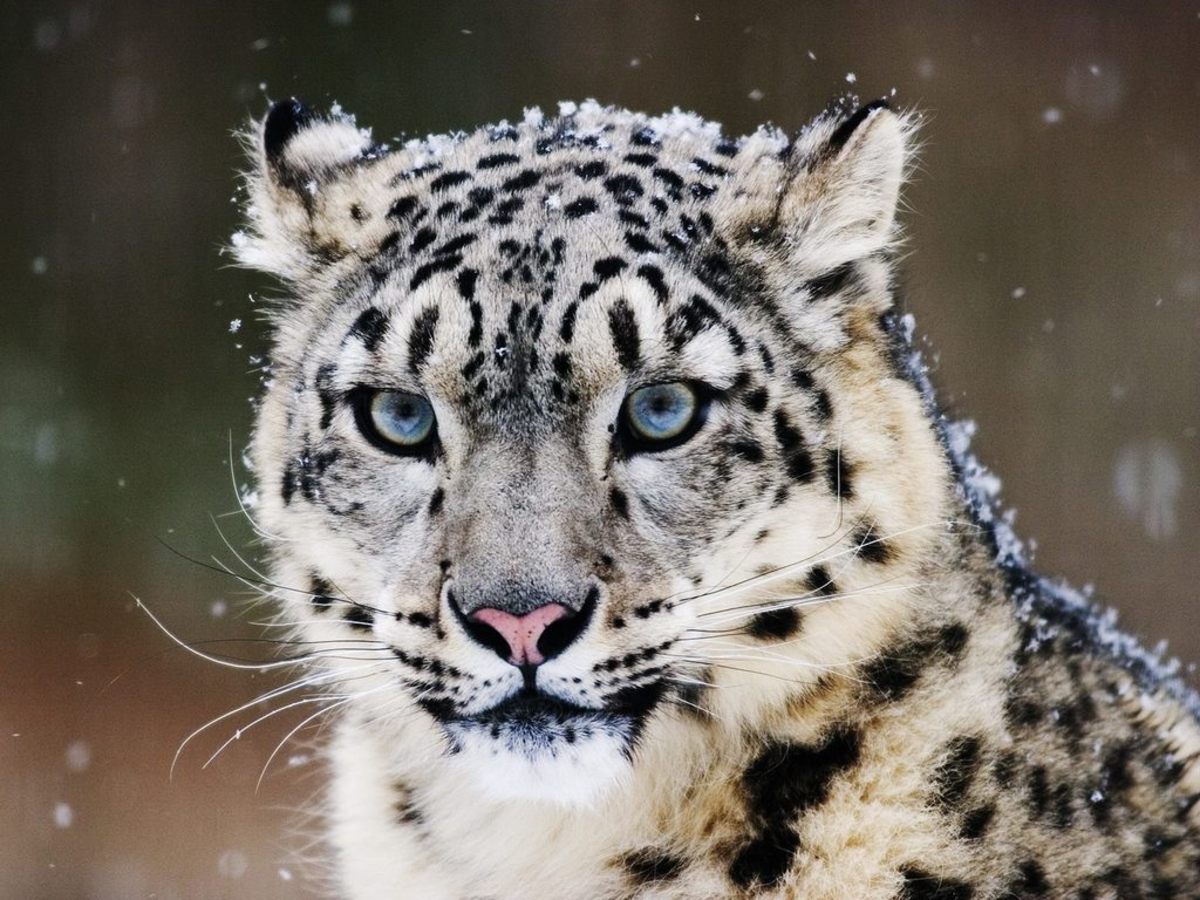The Earth Is Alive
The Earth
The Earth floats in a black void utterly hostile to life against a background of an infinite number of stars.
The Earth breathes, and it has an audible heartbeat.
It is a living, metabolizing superorganism.
Rivers, lakes, oceans, glaciers, and mountains are all alive; they are a part of the living Earth.
Millions of animal species inhabit this blue ball that continuously bursts with life and energy.
There are more creatures living on your body than there are people on the Earth.
The Earth’s atmosphere appears to be alive above the biosphere.
The largest living organisms on Earth are fungi and trees.
Its forests wax and wane according to the seasons.
Vegetation binds the Earth to the sky.
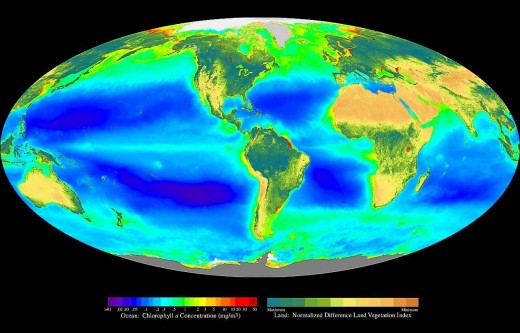
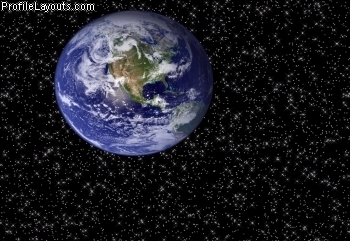
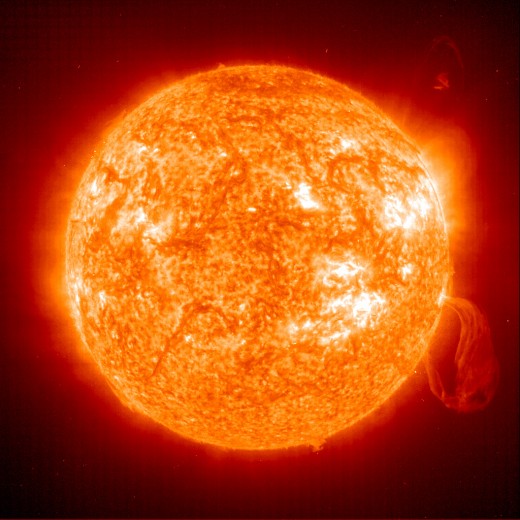
We Are Moving Through Space While Standing Still
The Earth is spinning on its axis at a quarter-mile every second while orbiting the sun at 18 ½ miles per second. Our solar system endlessly drifts through space at 12 miles per second, but all of this motion is imperceptible to a person standing on Earth.
The Sun nourishes the Earth through its heat, light and other radiation; flowing in the solar wind. The skin of the Earth ages; it slowly wrinkles, rumbling with internal gases as its magma juices circulate within; its electromagnetic nerves flash.
The surface of the Earth is 75% water, the same composition and percentage of water found in the human body. 300 cubic miles of water evaporate from the Earth each day. All of the water on the planet recycles itself within a 3,000 year time span. All free oxygen recycles itself over periods of 2,000 years. This means that people living today are breathing the same oxygen as Julius Caesar.
The Earth looks fragile from space. But fragility is a characteristic of all complex life forms, which must maintain temperature, humidity, pressure, metabolism, and equilibrium. The Earth today receives at least twice as much heat and energy from the sun as she did millennia ago, yet the fossil record shows she continues to maintain her temperature with a surprising constancy.

The Earth Is Full of Music
The Earth is a musical instrument with two fundamental and dissonant notes and several overtones of various pitches ranging from vibration periods of 3.7 minutes to 54.7 minutes. The song of our planet is 20 octaves below our hearing range. The song that an atom rings out is 20 octaves above our hearing range.
Life on Earth has a cacophony of melodies and drumming, not only from humans, but also from animals, fish, birds and insects.
Polarity
William Shakespeare said (through Hamlet) “I could be bounded in a nutshell and count myself a king of infinite space.”
All is polarity.
The blackest part of the human body, the pupil, is the very part that lets in the most light.
All things are made of the same stuff.
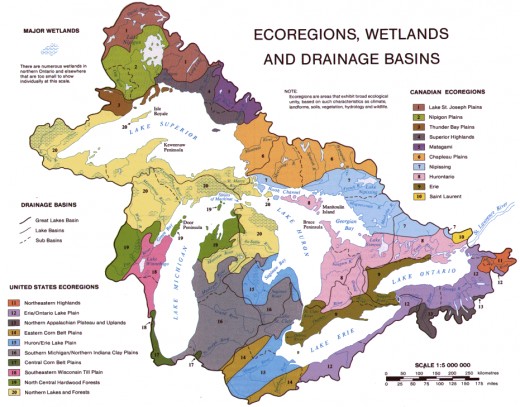
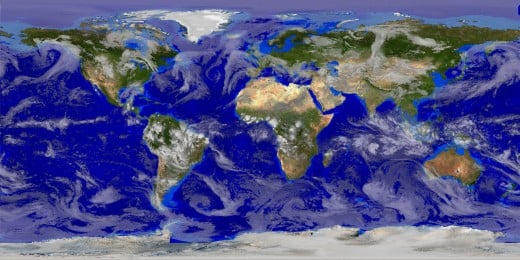
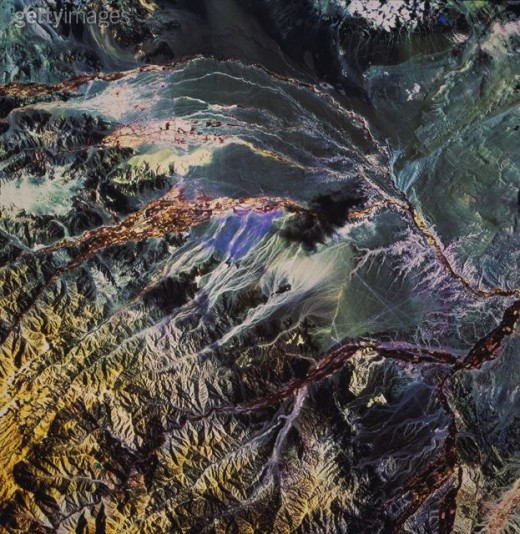
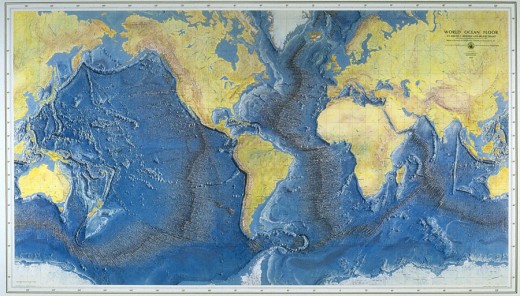
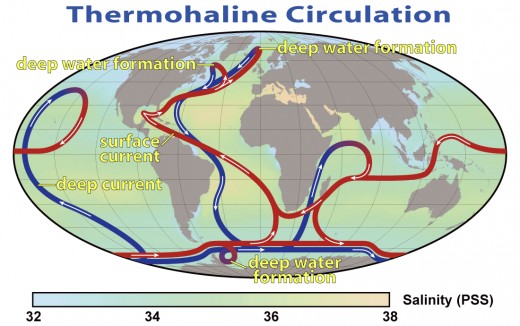
Change Is Accelerating Toward Germination
All planets are born; they each grow; mature; ferment; and germinate. The time for the germination of the Earth appears to be rapidly approaching. Its levels of population, communication, wealth, freedom, and knowledge are growing exponentially on Earth during our time.
It is estimated that 300,000,000 people were on Earth 2,000 years ago, and that up until 1650 its population had only increased to 500,000,000. Then came the industrial revolution, and with that revolution came an explosion in the world’s population that found the Earth home to one billion souls by the year 1850; two billion by 1925; three billion by 1960; four billion by 1976, and nearly seven billion today.
Change is accelerating as the world becomes more closely knit. Advances in communication and other technologies have rapidly occurred allowing knowledge to be shared both quickly and globally. Man’s invention, industry, efficiency, production, and health care are leading to exploding populations.
Man clearly dominates the earth in countless, unprecedented ways. For hundreds of years men needed to protect themselves from wild beasts in order to survive. Today, that has changed completely, and it’s the wild beasts that need protection, they need to be protected from men.
Man nearly completed the mapping of Earth in the 20th Century; his picture of the Earth including both the depths of the oceans and the heights of the mountains. He has accomplished mapping billions of light years into space. Each of these achievements may be seen as remarkable considering the long expanses of time when men could only wonder about such things. Man has split the atom and flown into outer space just in the last fifty years.
Man’s speed of travel increased a thousand-fold in the last 200 years. The steam locomotive first beat a horse, for millennia man’s fastest mode of travel, in 1839. In 1907 an automobile first achieved the astounding speed of 150 mph. In 1961 a rocket carried a man into space at 17,560 mph.
Man’s speed of communication has increased even faster than his speed of travel.
The more incredible acceleration of mans capabilities has been the explosion of knowledge and information. Today billions of books, pamphlets, journals, maps and pictures are available on the Internet.
The increase of man's wealth has exploded more than all of these. The average person now enjoys an enormous array of luxuries compared to kings of a century ago.
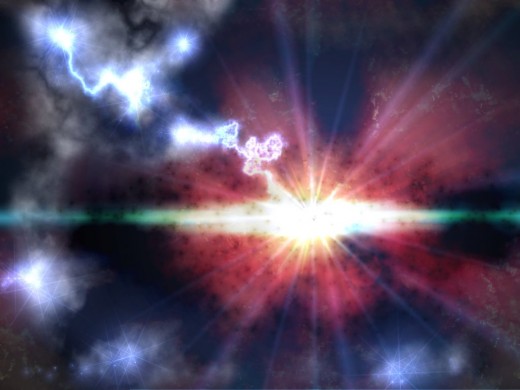
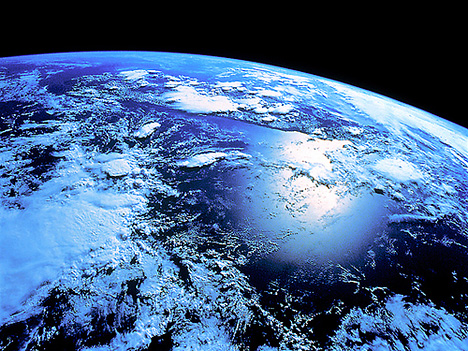
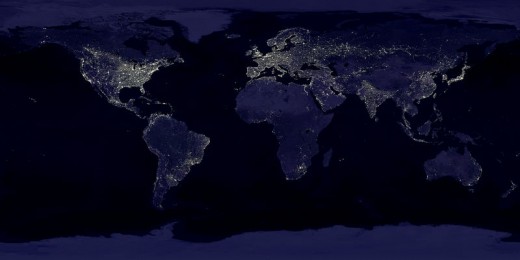
Intelligent Design
The Astronaut Edgar Mitchell said, when he first saw Earth from outer space:
“The first thing that came to mind as I looked at Planet Earth floating in the vastness of space was its incredible beauty; a blue and white jewel suspended against a velvet black sky. The presence of divinity became almost palpable and I knew that life in the universe was not just an accident based on random processes. This knowledge came to me directly, noetically; an experiential cognition.”
Our planet is complex; it’s mysterious, exciting, challenging, and dangerous. Dreams come true here.
Miracles happen. When man discovered fire it was a miracle; when he learned to cultivate his own agriculture it was a miracle. The invention of the wheel was also a miracle, as were the discoveries of how to use metal; utilize horses; and sail the oceans. The inventions of the printing press and the engine were once again miraculous achievements; they were life changing. Human flight was considered impossible and a miracle when it first occurred, so was the invention of the telegraph. Space travel and landing on the moon were miracles.
The surface of the Earth features an extraordinary variety in landscapes, and the landscapes of Earth are teeming with life that walks, creeps, slithers, burrows, climbs, swims, and flies.
Our Earth is also full of conflict, surprise, adversity, stimulation, uncertainty, and paradox. It is filled with germs, disease, poison, pain, hate, and decay. Earth also has an overabundance of ignorance, poverty, accidents, war, cancer, misery, and suffering. Isn’t it great? Isn’t this great contrast the exact thing that enables us to clearly see beauty, peace, tranquility, and happiness?
ACKNOWLEDGMENT
I acknowledge my source reference for this article is the tremendous book The Seven Mysteries of Life by Guy Murchie.

